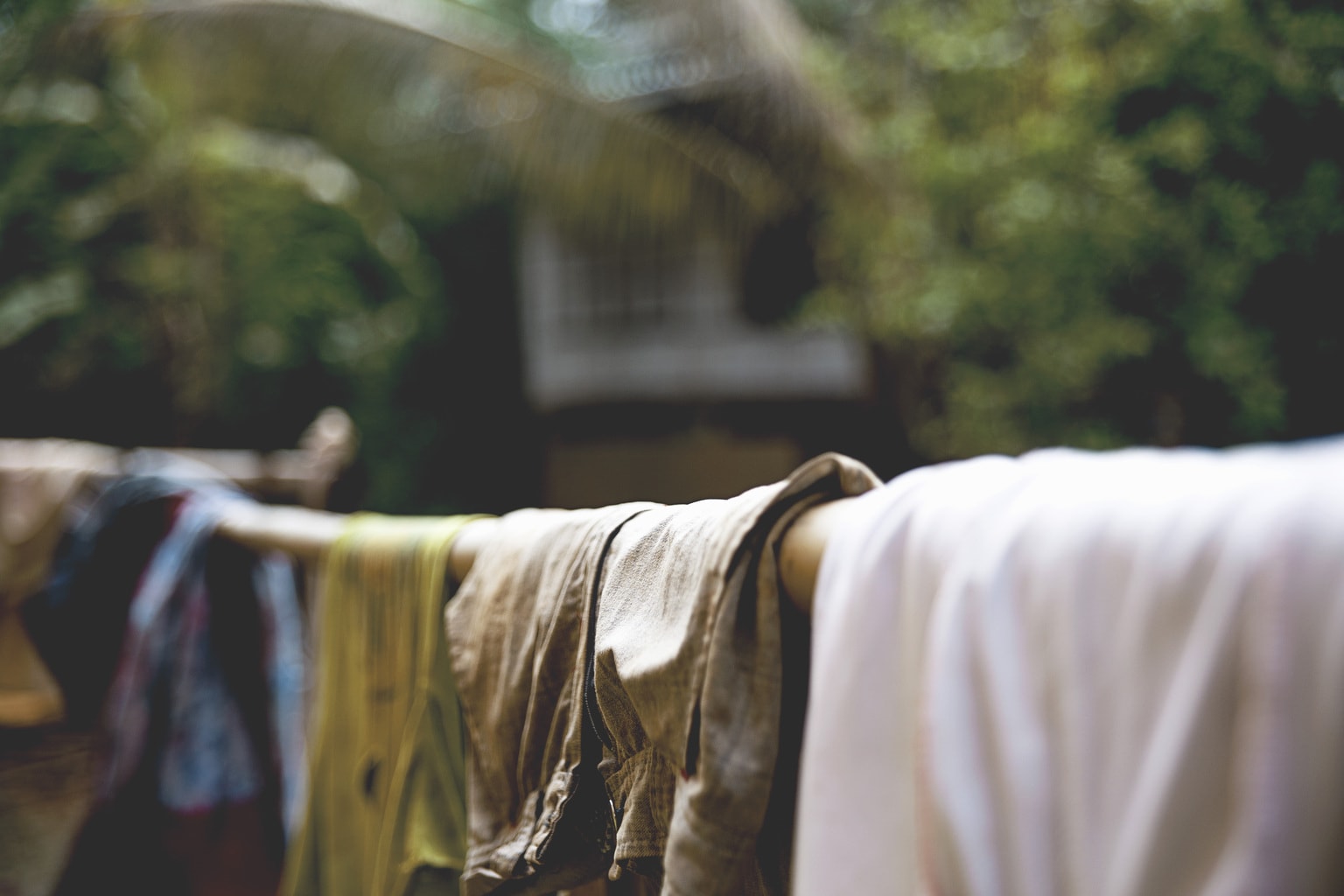
The limits of modern fashion are being pushed and redefined every day! Innovative Fashion, our latest column, seeks to share how materials, production, design, and function are being revolutionized around the world. Consider it a little preview of the future of fashion.
Today we’ll be talking about MICROBES and fashion! Yes, you heard me right — and don’t shy away just yet. As you’ll learn today, microbes are incredibly useful for creating eco-friendly, sustainable fabric.
But let’s backtrack a bit. What exactly are microbes? Essentially, a microbe is any organism that’s too micro to be seen without the aid of technology! This includes bacteria, fungi, protozoa, viruses (which aren’t actually living), archaea, and algae.
We’re all used to plants producing our natural fabric, whether it be cotton, linen, hemp, wool, or felt. But what if we tasked that to bacteria, eliminating the need for such resource-intensive agriculture?
It’s totally possible! Researchers have learned how to harness the power of bacteria and yeast to quickly produce clothing that is 100% biodegradable, comfortable, and stylish — check out how below!
Table of Contents
BioCouture
Familiar with kombucha? The same microbes used to brew this healthy drink can actually grow a dress for you, or your new favorite shoes! Just add tea and sugar, and the microbes go to work, eating the sugar and spinning out cellulose, a sturdier type of sugar, into a dense mesh.
Once the microbial cellulose has grown to the right thickness (this takes around 3 weeks), it is laid out to let all the water evaporate, leaving you with a pliable, translucent cloth. This can then be draped around a model to instantly assume its shape, or can be cut and sewn like regular fabric.

Called Bio-leather, it has the tough quality of leather, with the added benefits of being much stretchier, better able to absorb plant-based dyes, and readily compostable.
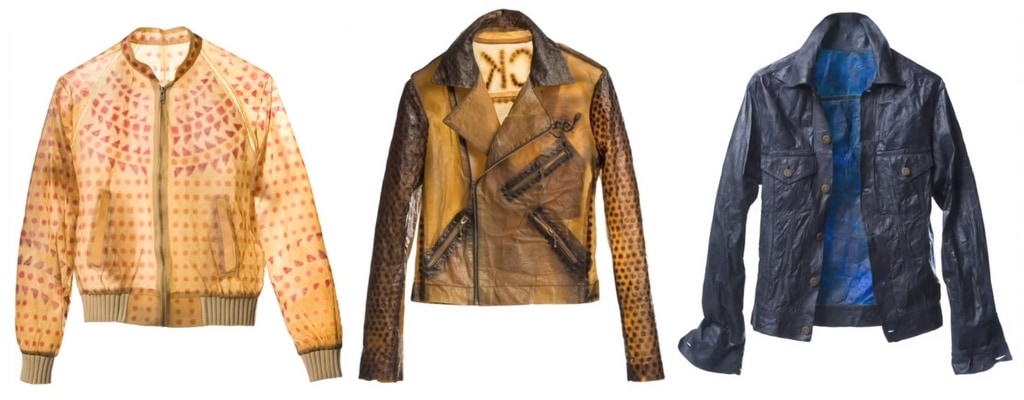
Suzanne Lee, the founder of BioCouture, pioneered this method with scientist David Hepworth. She’s made dresses, all sorts of jackets (“denim”, bomber, and biker!), a poncho, and even shoes, and they’re all made of this sugar — how sweet!
“Imagine leather that’s as lightweight and transparent as a butterfly wing or has the natural stretch of rubber,” Lee says. “Or imagine a material with the dynamic responsiveness of the skin of a chameleon.”
There’s just one catch — make sure to bring an umbrella out with you if it’s raining, because this material dissolves easily in water, oops!
Watch Lee’s fascinating TED Talk below!
Closely associated with Lee’s idea of Bio-leather are the companies Geltor and Modern Meadow.
Geltor taps into the ability of yeast cells, with their DNA modified, to synthesize animal collagen, which can then be processed into a kind of leather.
Modern Meadow also specializes in genetically engineered yeast, with a focus on producing fabric similar to cow leather. The material, called Zoa, was featured in a Museum of Modern Art exhibit in 2017!
Mango Materials
Did you know that 60% of our clothing now consists of polyester, which is manufactured from petroleum?
Mango Materials seeks to change that! The start-up has pulled biodegradable plastics from science fiction into reality.
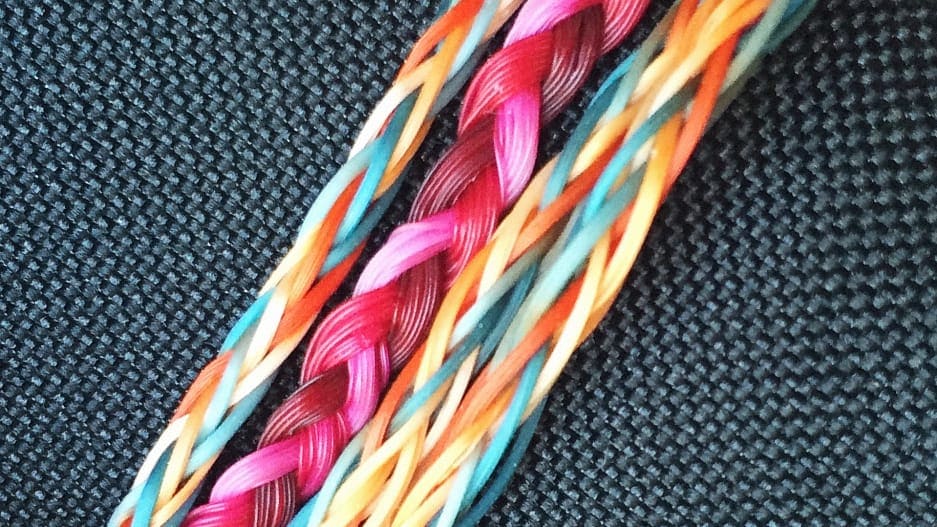
The magic potion is known as bio-polyester, more specifically PHA, a plastic that is naturally produced by a methane-eating bacteria. The material also biodegrades naturally, reducing fashion’s impact on landfills, and its released methane can be reused to make new garments!
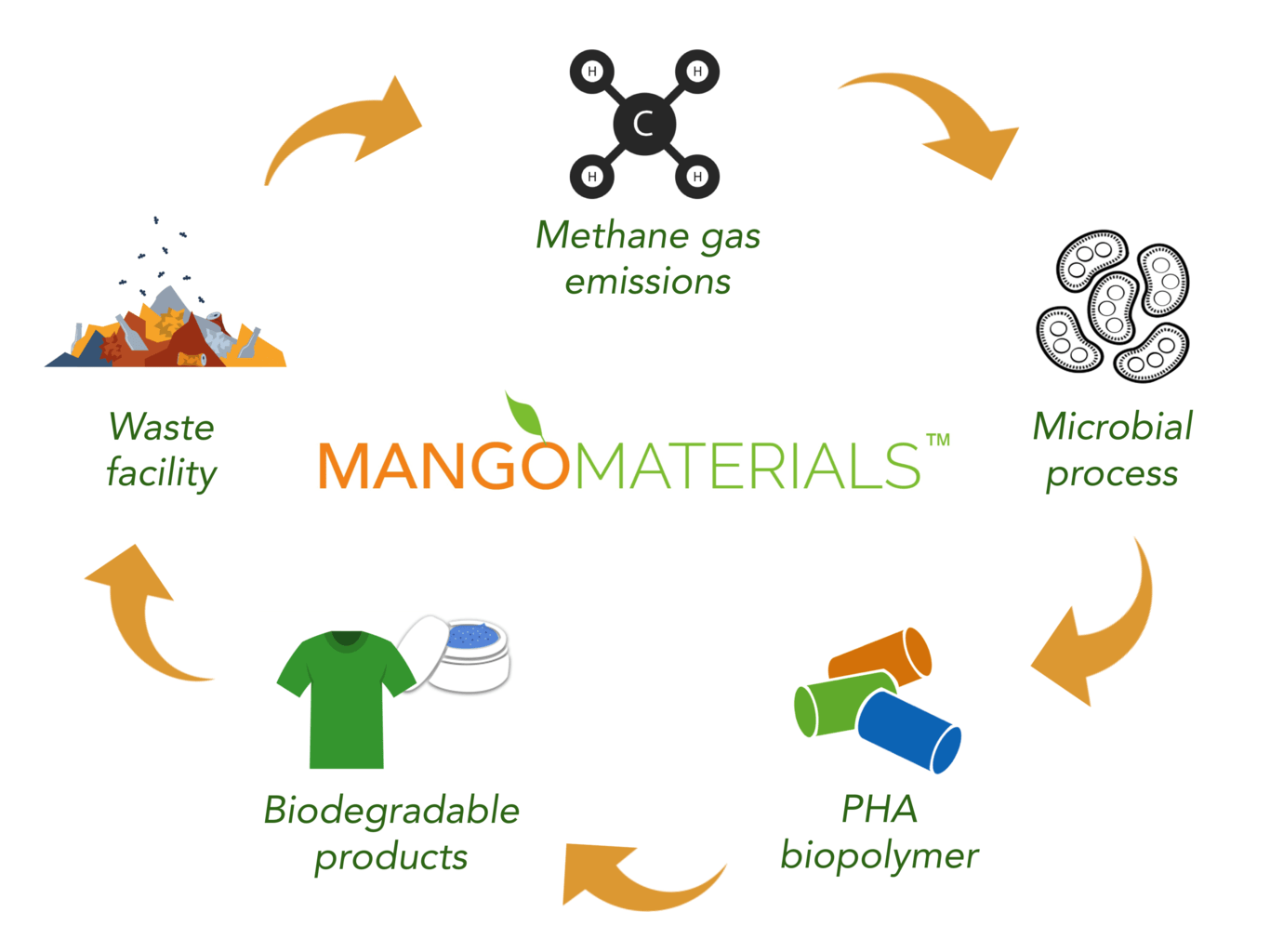
Best of all? No microfibers, no ocean pollution, and if your shirt falls into the sea by accident, no worries! Marine organisms will be able to digest it.
In short, bio-polyester is amazing! Plastic is one of the biggest problems our environment faces today — to suddenly be able to dispose of it naturally, even reuse it, is an incredible breakthrough.
“Instead of using ancient fossil carbons to make materials, you’re using something that you already have,” says Molly Morse, CEO of Mango Materials.
Mango Materials also hopes to change the plastic bottle cap game — just think, if all 250 billion caps produced each year could be zero-waste!
Faber Futures
Next up, let’s talk about the dyeing of fabrics! Natsai Chieza, a materials designer, current researcher at biotech start-up Ginkgo Bioworks, and founder of Faber Futures, thinks she has the answer.
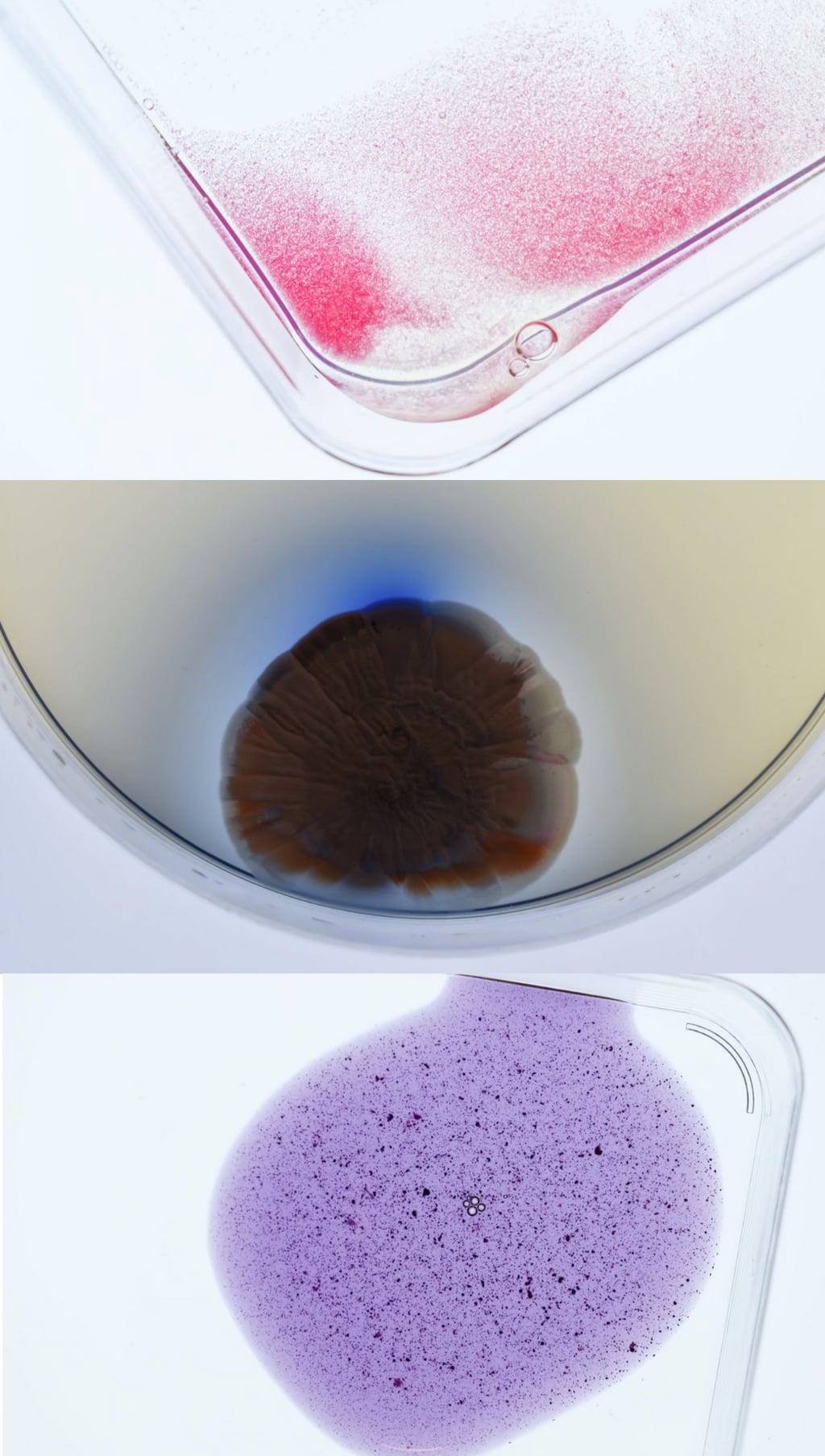
Her approach? Allow a strain of bacteria called Streptomyces coelicolor, which is normally found in soil, to grow on silk! The bacteria naturally produces an antibody that can range in color from pink to blue to purple, depending on the acidity of its environment.
The result is pigment that lasts and only requires time and 200 milliliters of water — and absolutely no chemicals!
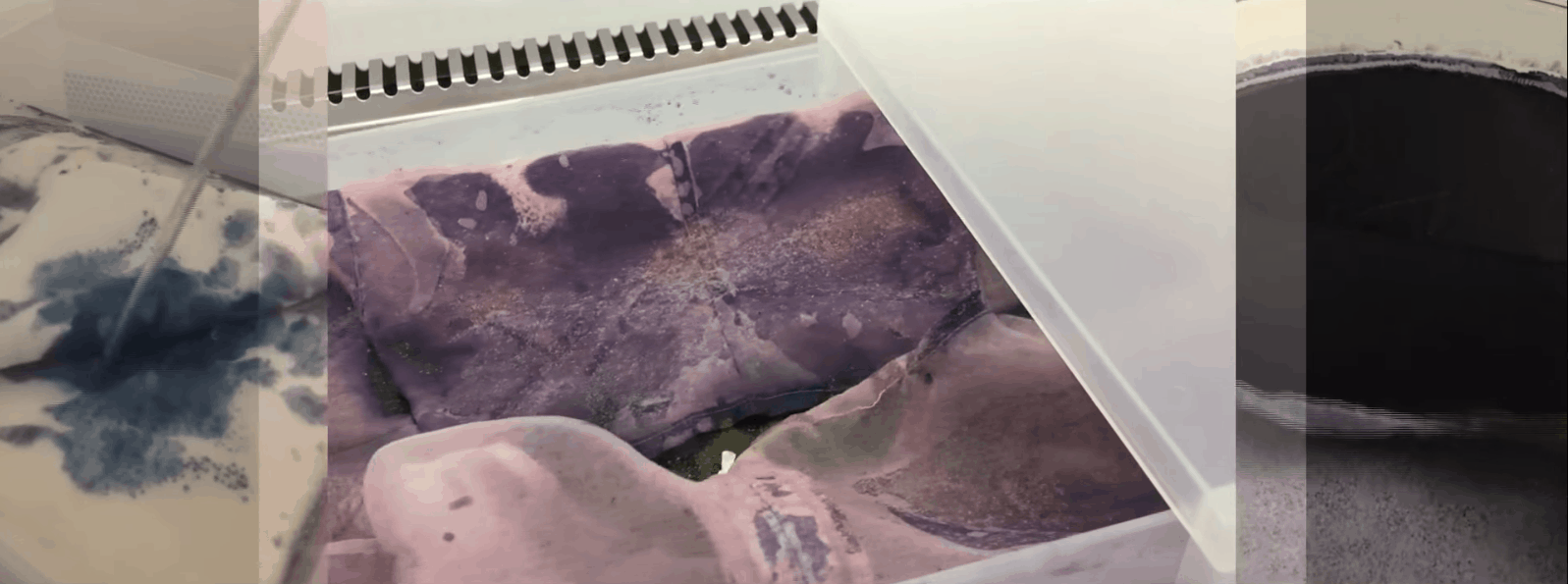
Chieza has used this technology to produce some truly beautiful pieces, whether solidly colored or patterned with a fun design. Soon enough this method could be applied to more than just silk, and with the right resources and scaling, could have a much larger impact!

She believes firmly in the power of biology and working with living systems, and what can we say? We’re right there with her.
“Fermentation could once again play an important role in our human development. Could it represent a new mode of survival if we harness it to completely change our industries?” – Natsai Chieza, founder of Faber Futures
Watch Chieza’s thoughtful, well-spoken TED Talk here!
In Summary
Of course, there are many more start-ups out there all with similar visions — reforming the fashion industry through the wonders of modern biology!
Our focus today was on microbes — amazingly efficient, resourceful, and able to function in bulk. It’s shocking we haven’t seized on their abilities even earlier! We can’t wait to see where the future of innovative fashion lies, especially with these pioneers at the forefront.
As for next time, hold tight for a thrilling sequel — this time all about fabrics sustainably produced from unexpected plants and animals! (I’m talking spider silk, banana fiber. . . even mushroom leather?! Yes!)
What do you think?
Do you think microbes are the answer to a cleaner, greener fashion industry? Would you wear BioCouture? What are your ideas for partnering biology with fashion? Let me know in the comments!
